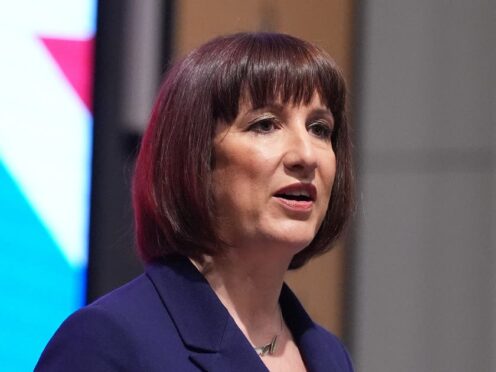
Labour will crack down on tax avoiders to pay for its commitments on schools and the NHS, the shadow chancellor has said.
The party will look to raise £5 billion a year by the end of the next Parliament by narrowing the “tax gap” – the difference between the amount of money HMRC is owed and the amount it actually receives.
It will also raise £2.6 billion over the next Parliament by closing “loopholes” in the Government’s plans to abolish exemptions for “non-doms”, people who are not “domiciled” in the UK for tax purposes.
The announcement comes a month after the party’s spending plans were thrown into disarray by the Chancellor’s decision to adopt two of its revenue-raising policies at the Budget to fund a cut in national insurance.
The two policies – abolishing “non-dom” tax exemptions and extending the windfall tax on oil and gas companies – had been earmarked by Labour to fund additional NHS appointments and free breakfast clubs for all primary school pupils.
As a result, the party has had to find another way to pay for those promises and now plans to raise the money it needs by cracking down on tax dodgers.
Shadow chancellor Rachel Reeves said: “I have been clear that everything in our manifesto will be fully costed and fully funded. There will be no exceptions.
“That is why last month I promised to go through all the Government documents in an orderly way to identify the funding streams to honour our commitments to the NHS and schools.
“That process is now complete and the funding a future Labour government will raise from taking on the tax dodgers will fund more appointments in NHS hospitals, new scanners, extra dentist appointments and free breakfast clubs for all primary school pupils.”
Labour said the tax gap had widened to £36 billion in 2021/22, £5 billion more than it had been the previous year, as an under-resourced HMRC struggled to collect revenues and manage compliance.
The party said it would invest up to £555 million a year in boosting the number of compliance officers at HMRC, increasing productivity and improving the organisation’s “dire” customer service.

It will also consider requiring more tax schemes to be registered with HMRC to make sure they were legitimate, and plans a focus on offshore tax compliance.
Ms Reeves said: “At a time when working people in Britain are being asked to pay more in tax because of the Conservatives’ economic failures, it is wrong that a minority continue to avoid paying what they owe.
“After 14 years in power, the Conservatives have failed to tackle this issue and the tax gap remains unacceptably high. With Labour, things will change. We will take on the tax dodgers because if you make your home and do your business in Britain, then you should pay your taxes here too.
“The plan we are announcing today will give HMRC the resource it needs to go after those who are avoiding or evading tax, and to modernise the tax office so we have a system that is fit for purpose.”
While the measures are expected to raise more than £5 billion a year by the end of the Parliament, only £2 billion of that money will go to funding NHS appointments and primary school breakfast clubs, with the rest of the money being kept back for other priorities.
Labour’s plans to invest more in HMRC were welcomed by the FDA trade union, which said the party “recognises the scale of investment required”.
FDA assistant general secretary Lauren Crowley said: “Only a world-class, well-resourced tax administration can overcome new technological challenges, stay ahead of criminals and fund the nation.”
At last year’s Budget, the Government proposed measures to reduce tax avoidance, including doubling the maximum prison sentence for tax fraud, but estimated it would have little impact on revenues.
In the 2024 Budget, the Government included plans to tackle outstanding tax debt, which are expected to raise £1 billion per year.

Enjoy the convenience of having The Sunday Post delivered as a digital ePaper straight to your smartphone, tablet or computer.
Subscribe for only £5.49 a month and enjoy all the benefits of the printed paper as a digital replica.
Subscribe